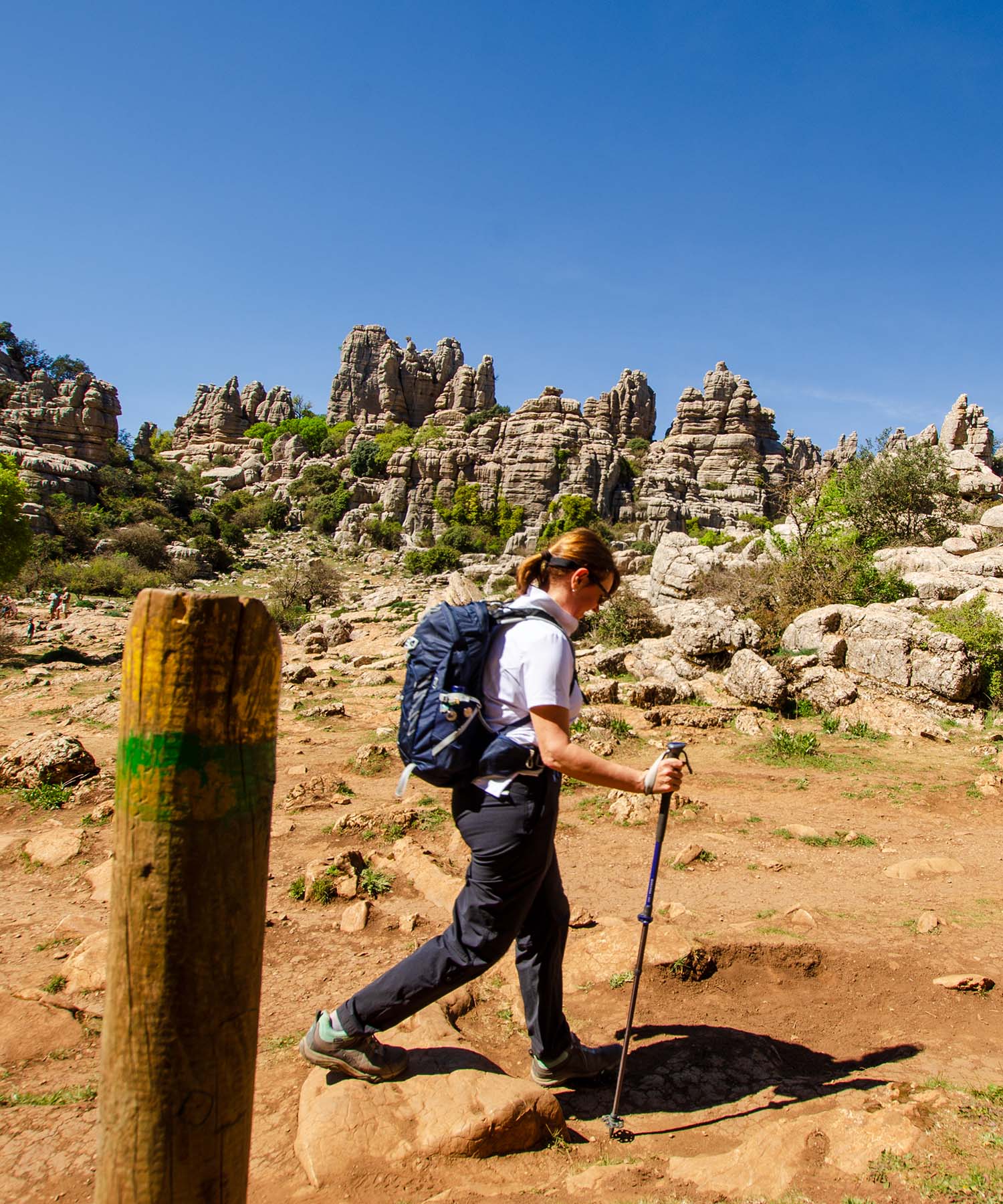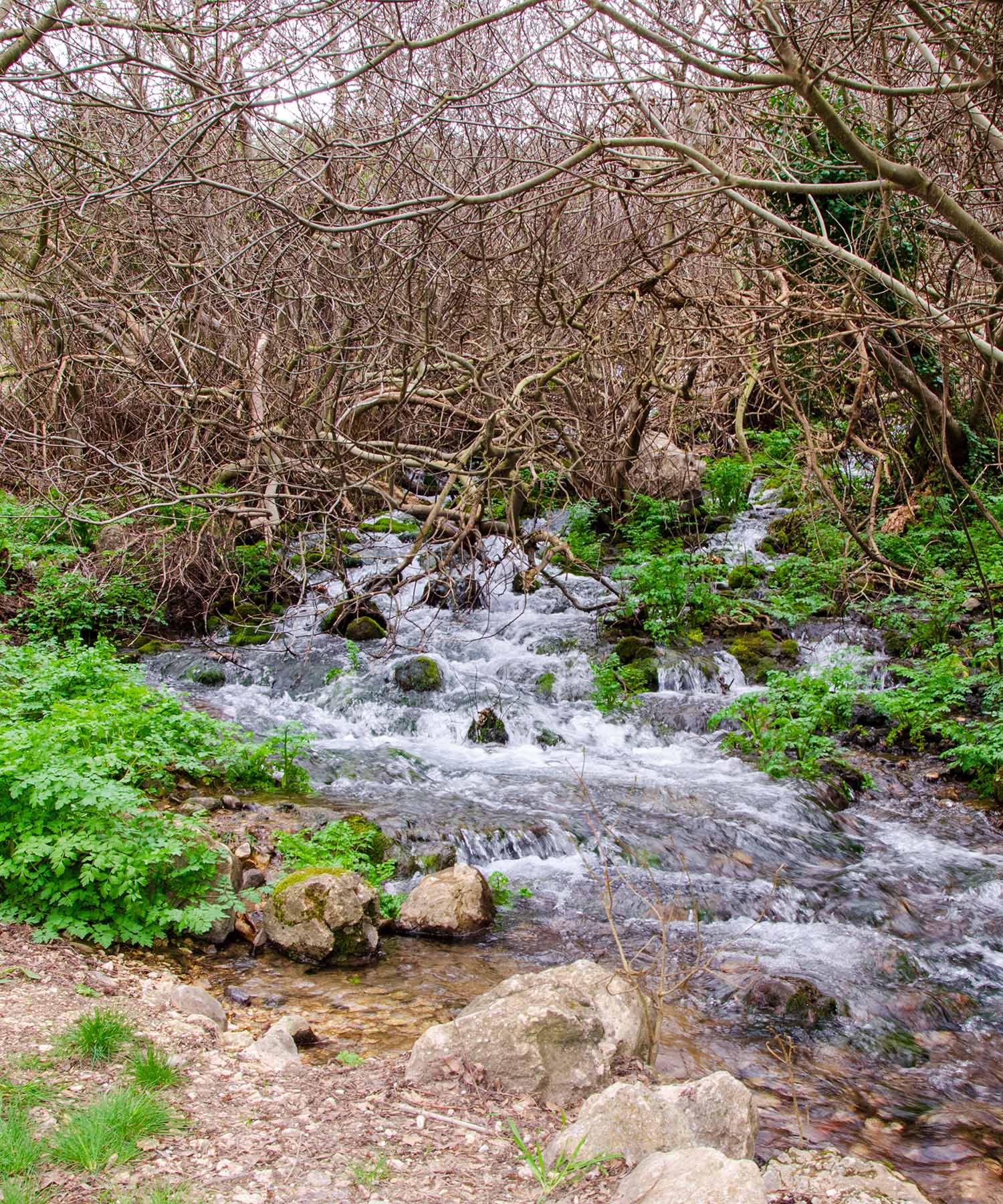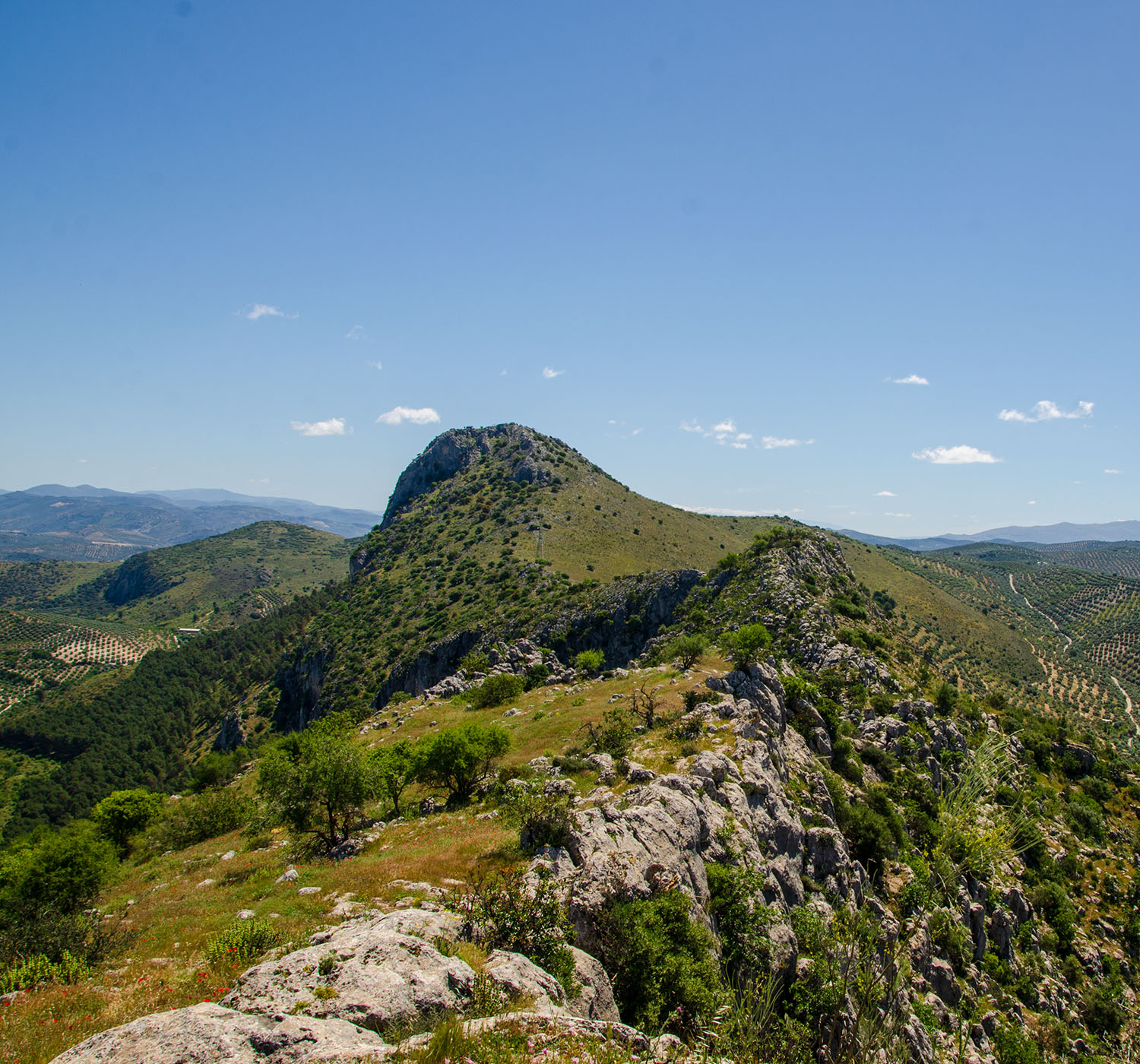Natural Parks, National Parks, and National Monuments
Andalucía, the second-largest autonomous region in Spain, is in the southernmost part of the Iberian Peninsula. Covering 17% of Spain's total area and having a low population density, Andalucía is fortunate to have nearly a fifth of its region protected, the largest proportion of any autonomous region in Spain.
This reflects the unspoiled nature of its countryside and the high ecological importance of its territory.
Of the various protected areas, the National and Natural Parks, along with the Natural Monuments, make for some of the most memorable walking areas.
National Parks
Spain was one of the first countries in Europe to designate a natural park. The first national park, the Covadonga National Park, was created in 1918, and it is now known as the Picos de Europa.
The national parks are areas of outstanding importance for their wildlife and geology, with ecosystems little altered by human activity. They have the highest degree of protection, sometimes with restricted access to certain areas.
Andalucia has three national parks: Doñana, Sierra Nevada and Sierra de las Nieves.
Natural Parks
These comprise the bulk of Andalucia's protected areas and demonstrate an enormous range of geology, climate, and habitats, such as coastal dunes, beaches, semi-desert steppes, mountain forests, Mediterranean woodlands, saltmarshes, and marine zones.
Park legislation aims to protect cultural and architectural traditions and the natural environment.
Virtually all parks have unrestricted access, but a few may have areas where you need to obtain special permission before visiting them due to the risk of forest fire or disturbing nesting birds, as is the case with the reserve zone in the Sierra de Grazalema.
Natural Monuments
Natural monuments tend to be small, with over 359 in Spain covering only 0.17% of the country. Many of these monuments tend to protect the source of a river, a striking and specific geological formation, or nesting areas for birds or bats.
Parks and Monuments On Our Walks
We are spoilt for choice, and although this will depend on the holiday that you have booked, we do visit these areas -
Sierras of Tejeda, Almijara and Almara Natural Park
Desfiladero de los Gaitanes, Torcal de Antequera, Acantilados de Maro-Cerro Gordo, Nacimiento del Río Guadalhorce, and Falla de la Sierra del Camorro Natural Areas.




Flora and Fauna
"Spain is one of the 25 biodiversity hotspots in the world and is considered one of the most biodiverse countries in the European Union. Spanish coastal waters possess a high level of biological diversity, with the southern Iberian Peninsula being essential in terms of biodiversity and endemic species.The country's geographical diversity is extremely varied, consisting of landscapes and ecosystems that include intertidal zones, beaches, cliffs, dune systems, salt marshes, saline steppes, etc.
Spain also covers four biogeographical regions (Mediterranean, Atlantic, Alpine, Macaronesian) comprised of habitats that have favoured the development of a great assortment of vegetation types, with which a variety of fauna communities is associated.
The country is also rich in freshwater habitats. Although generally small in size, wetlands are, however, very important centres of biological diversity. Forests and wooded zones cover 32% of the country's territory."
Taken from the Convention on Biological Diversity webpage
With the opportunity to enjoy much of the flora and fauna during your visit, I have produced a downloadable guide describing what you have a very good chance to see during the walks.
To accompany you on your visit here, and what can always be a reference for the future, one of the most valuable discoveries I made was from a fellow walker who was using her phone to identify plants. She installed an app called 'Picture This', and I will say that your walks will never be the same with this installed.
It can identify birds, trees, insects, and flowers. It is invaluable for walking. Unlike a book, where you try to remember what you saw as you flip through the book later in the day, you'll get instant identification. This is probably much better for memory retention, as you can save the plant to your 'garden'.
That's not to say that there's no place for a book. Of the several books I own, the ones I regularly thumb through are the Collins Complete Guide To Mediterranean Wildlife and Tony Hall's Wild Plants of Southern Spain.








